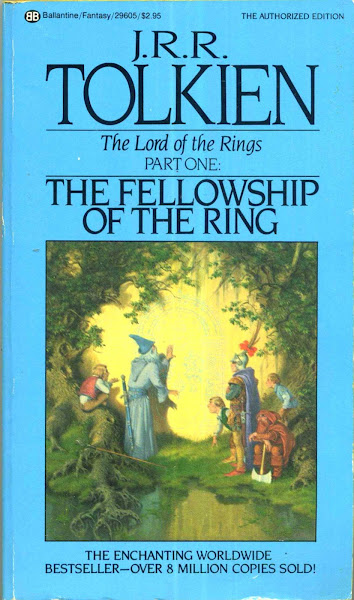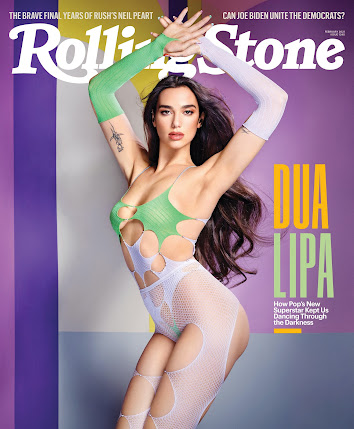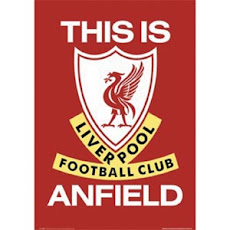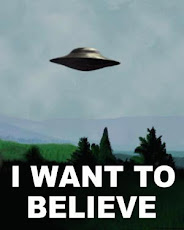(This appears in my Monday September 1, 2008 column in the Business Mirror.)
Hill Street Black & Blues Part One
by rick olivares
Norman Black’s journey began the moment he went down from the hill.
He had marvelous adventures as only a kid could have while growing up in a place called “uphill” in northwest Baltimore, Maryland. There he whiled the time away playing football, baseball, and “running around the block to find out who the fastest in the neighborhood which was a big deal during those days,” as he fondly recalled of those pursuits.
A mere five-foot-five youngster, Norman enjoyed patrolling the outfield and pretending to be his idol Frank Robinson, the Baltimore Orioles’ All-Star outfielder. Along with the Washington Bullets’ center Wes Unseld, the two professional athletes would later shape much of his demeanor as an athlete and as a person. The young lad who was an infectious bundle of energy, would sit still in awe of Robinson when he would go with his grandparents to the Old Lady of 33rd Street as Memorial Stadium, the Orioles’ home field back then was affectionately called by Baltimore folk. Meeting him during one fans’ day remains one of his biggest thrills to this day. “Frank Robinson (Black would always say people’s complete names as a sign of respect) was not only an immensely talented man, but it was the way he carried himself on and off the field that made a huge impression on me,” offered Norman with sainted reverence. “You have to remember that this was the 1960s – a vastly different time for every body.”
The era was marked with discontent and revolution as the world was forced to confront issues such as racism, nuclear holocaust, and the Domino Theory. Worse, there were the assassinations of John and Robert Kennedy and Martin Luther King. Acutely aware of what was happening around him, Norman kept to sports. After winning a race in junior high school, his mother was advised by school officials of her son’s athletic talent and it was in their best interests to move him to a private school where could properly discover his potential.
He transferred to Cardinal Gibbons High in southwest Baltimore and while it was a longer ride home (“Two buses going to school and three rides back,” is how Norman related of the change from the familiar to the unfamiliar), it was there where his roundball journey would begin.
By the time he got to high school, Norman underwent a growth spurt of eight inches and basketball became a more logical choice for sport.
There was a recreation center down hill that had a basketball court where the “uphill” folk were not welcome. “Unless you had skills,” pointed out Norman. His older sister knew people down hill and she introduced her kid brother to them. While down hill kids eventually allowed him to play, they refused to pass Norman the ball. In a seminal moment that would go on to define his career as a player, Norman learned to fend for himself. “How did I become a great rebounder,” explained the multi-titled player and coach, “Since they didn’t want to pass me the ball, I had to grab the rebound myself if I wanted to shoot.”
The gym wasn’t the regulation-sized court. On either side were ropes and roman rings that were used for PE classes. And at the end of one baseline was a wooden stage used for PTA functions. “It was the kind of court where you took a couple of dribbles then you shoot. On the way back down, it was like an obstacle course because you had to avoid the ropes and rings,” laughed the coach at his beginnings as a gym rat. “Then if you were running at full throttle, you had to stop on a dime because you’d run into the stage. You had to learn pretty fast how to do that so you didn’t blow out your knee.”
It was during his freshman year in high school when Norman was cut from the team. “It was a long bus ride home,” he recalled of that unhappy day. “In hindsight, they did the right thing because they went 29-1 and won the city championship.” But the setback didn’t stop him as he worked hard at improving his game. He stopped playing other sports and concentrated 24-7 on basketball. “I played plenty of shooting guard back then and I emulated the Chicago Bulls’ shooting guard Bob “Butterbean” Love on the playground. Bob Love,” smiled Norman at the nugget of his youth. “He had that silky smooth jumper and a great name.” Black cracked the line-up the following year and led his school to the finals in his junior and senior years (they won in his third year).
He was so focused that to his eternal regret he didn’t notice until much later that for three straight years he was the only male inside the school bus along with 25 other females. “Some of them saw me play and had to know I was All-City in my junior and senior years and I never said one word to them in all that time. I wasn’t even aware of the attention that athletes got,” he chuckled.
Even as early as his sophomore year, St. Joseph’s University in Philadelphia had taken an interest in recruiting him for college. Although it boiled down to St. Joe’s and Stanford, he remained in the east coast because it was a two-hour drive from Baltimore and his mom, who was impressed with the Jesuit school’s long-time interest in her son, could come and watch him play. His grandparents also absolutely forbade him to move west after an uncle was murdered in San Francisco area.
At St. Joe’s, Norman, a Communications major, led the Hawks in scoring and rebounding for his entire college career; something no other player has done so in the school’s basketball history. Undrafted into the pros, he found himself playing with Adrian Dantley, Eddie Jordan, John Lucas, and Joe Pace in the Washington summer league. Despite racking up good numbers and being a part of the league’s title winning squad, Norman found himself once more cut this time two days before the start of the NBA season. Heartbroken, Norman played in Venezuela and the CBA before receiving a call up by the Detroit Pistons to replace an injured John Long in the line-up. Only Black hardly played. But as good fortune would have it, Norman was approached by Jimmy Mariano who was at that time the head coach of Great Taste Coffee in the PBA, during a Detroit Summer League game. Mariano offered a guaranteed four-month contract and Norman wondered what the Filipino saw in him since he saw few minutes on the court. But the offer intrigued him: “I needed to earn money to support my mom. I wanted to buy her a nice house and get a car but you have to remember, this was a time when the minimum NBA salary was $45,000. Jimmy Mariano’s contract paid more than that.”
When he got home, Norman looked up the Philippines in the encyclopedia and liked what he saw. “People spoke English fluently, there were American bases here at that time, and the weather was warm,” explained the coach of his decision to travel halfway across the world. “I’m from Baltimore where it’s cold so you can be sure the warm climate appealed to me.”
By the time Black returned Mariano’s call, Big Lew Massey had taken the job. Going back to Detroit’s camp, he was worried about finding a spot on Detroit’s roster for they had brought in Isaiah Thomas and Kelly Tripucka. With John Long back, Norman’s prospects for making the line-up looked bleak. “I thought I’d still try out and if I didn’t make it, I’d go back to the CBA and wait for another call up.” But it didn’t take long before another PBA club came calling.
Tefilin’s General Manager Frank Harn offered the same contract as Mariano and Black immediately took the offer. Unknown to Norman, Harn was the captain of Ateneo De Manila’s 1969 NCAA title team and it set into motion events that would eventually bring him back to the hill of Loyola Heights.
Next: The Pros, Vintage, and Ateneo De Manila
Author's note: It's been fun chatting with Norman Black. Over the past couple of years, the coach has been gracious with his comments, thoughts, and ideas about a lot of matters. I'm extremely grateful for his taking me into his confidence and behind-the-scenes of Ateneo basketball. Like Joe Lipa before, I thought that we have a winner of a coach when he became the 35th benchmaster in Blue Eagle history.
We talked for over an hour talking about his days in Baltimore and struggling to make the Washington Bullets line-up. We'll have more for you soon about his days as a PBA Import (hear him talk about Billy Ray Bates, Toyota-Crispa, Jun Bernardino, San Miguel, and other stuff), in the broadcast panel of Vintage Productions, and coming full circle with a Jesuit school in the Philippines.
Thanks, Coach Norm! Can't wait for the next session.
In the meantime, read this piece on his old teammate, Joe Pace.
http://seattlepi.nwsource.com/local/363308_pace16.html









No comments:
Post a Comment